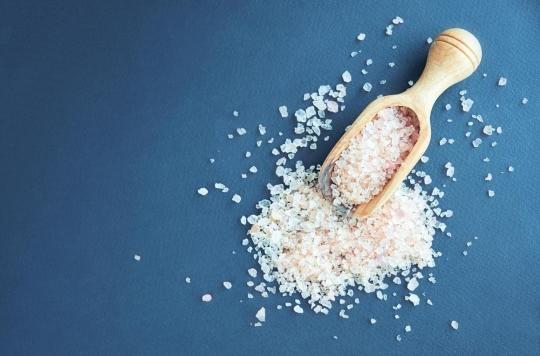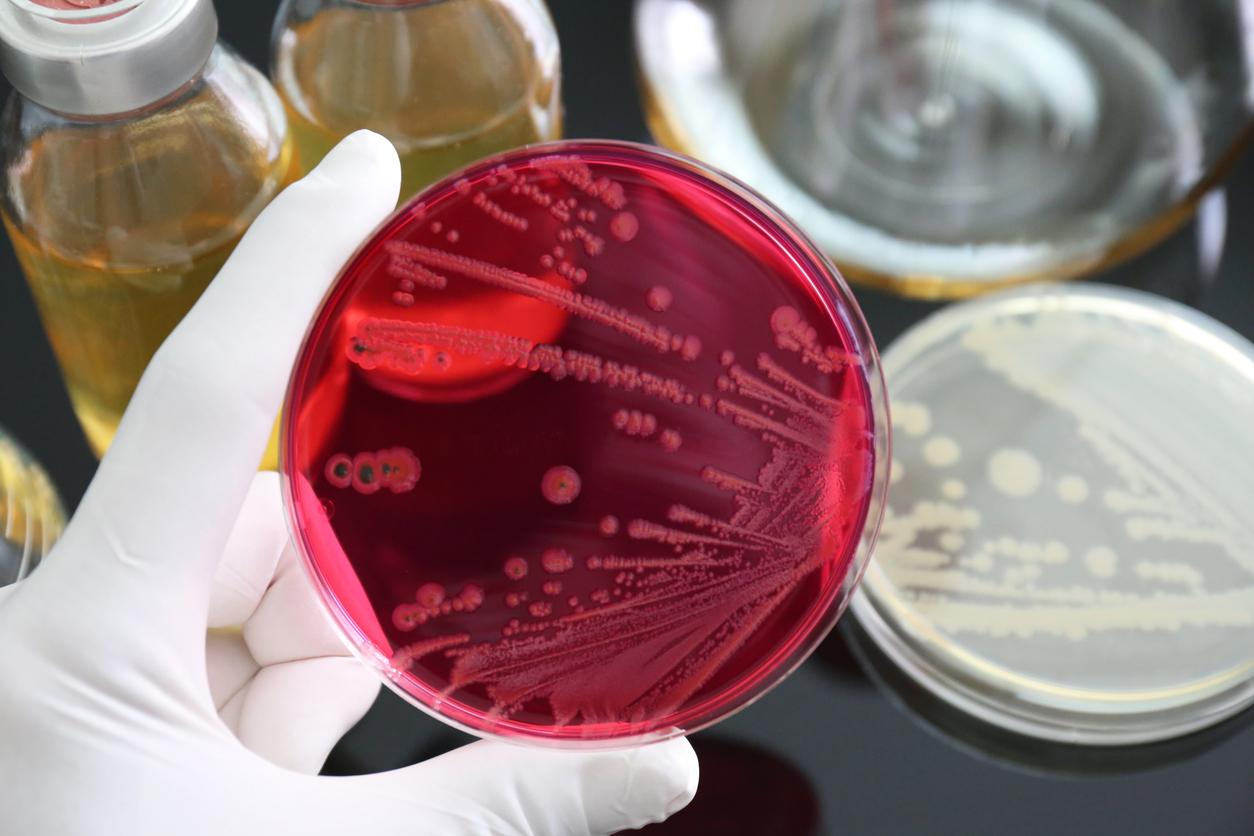According to a German study carried out on mice and humans, consuming too much salt would be harmful to the immune system, particularly in terms of inflammation.

- The WHO recommends consuming no more than 5 grams of salt per day.
- High salt intake can lower immune defenses
The World Health Organization (WHO) recommends that adults consume five grams of salt per day and no more, or about one level teaspoon. Everyone knows that a diet too rich in salt is bad for blood pressure. Indeed, sodium chloride increases blood pressure and therefore the risk of heart attack or stroke. However, this would also be the case for the immune system, according to a German study published on Wednesday March 25 in the journal Science Translational Medicine.
In their study, researchers at the University Hospital of Bonn (Germany) first subjected mice to a high-salt diet. They found that the rodents suffered from much more severe bacterial infections. An unexpected discovery since infections by certain skin parasites in laboratory animals heal faster if they consume a lot of salt. Indeed, macrophages, immune cells that attack, eat and digest parasites, are very active in the presence of salt. Also, they concluded that sodium chloride had rather a positive effect on the immune system.
“Our results show that this generalization is not accurate., explains Katarzyna Jobin, lead author of the study. Two reasons for this. First, the body maintains the concentration of salt in the blood and in the various organs largely constant. Except for the skin. Which explains why the extra intake of sodium chloride helps in some cases of skin diseases. However, other parts of the body are not exposed to the extra salt. The latter is filtered by the kidneys and excreted in the urine. However, the kidneys have a sodium chloride sensor which causes an accumulation of glucocorticoids in the body, which is an undesirable side effect. Glucocorticoids in turn inhibit the function of granulocytes, the most common type of immune cell in the blood.
Serious infections in mice that ate too much salt
Granulocytes are scavenger cells that primarily attack bacteria. If they don’t do enough, infections develop much more severely. “We were able to show this in mice with a listeria infectionexplains Dr. Jobin. In the spleen and liver of these animals, we counted 100 to 1,000 times the number of disease-causing pathogens.”
Listeria are bacteria that are found in particular in contaminated food. They can cause fever, vomiting and sepsis. UTIs also heal much more slowly in lab mice fed a high-salt diet, the researchers say.
However, besides mice, sodium chloride also has a negative effect on the immune system of humans. “We looked at volunteers who consumed six grams of salt in addition to their daily intake, explains Professor Christian Kurts of the Institute for Experimental Immunology at the University of Bonn. VSis roughly the amount of two fast food meals, i.e. two hamburgers and two servings of fries”. After a week, scientists took blood from them and examined the granulocytes. They were thus able to notice that the immune cells supported the bacteria much less as the subjects began to follow a diet rich in salt.
In the participants, excessive salt intake also caused an increase in glucocorticoid levels. However, the best known glucocorticoid cortisone is traditionally used to suppress inflammation. “Only by studying an entire organism have we been able to uncover the complex control circuits that lead from salt intake to this immunodeficiency.says Christian Kurts. Our work therefore also illustrates the limitations of experiments conducted only with cell cultures.”he concludes.
The French consume too much salt
In France, the health authorities recommend that adult men consume a maximum of 8 grams of salt per day and women and children 6.5 grams. And if between 1999 and 2007, the average salt intake of adults decreased on average by 5.2%, the French still consume too much.
According to ANSES“the most recent data show that the average consumption of salt contained in food in France is 8.7 g/d for men, 6.7 g/d for women. In children aged 3 to 17, the average salt consumption is 5.9 g/d in boys and 5.0 g/d in girls, with variations according to age. To these contributions, coming from the food consumed, it is necessary to add 1 to 2 grams of salt/d, due to the salting of the dishes and the cooking water by the consumer himself”. “Thus, the total salt consumption of the French is much higher than public health recommendations”alerts the health agency.
Remember that the foods richest in salt are charcuterie (dry sausage, dry ham), broths (vegetables or meats), sauces and condiments and cod and anchovies.

.














